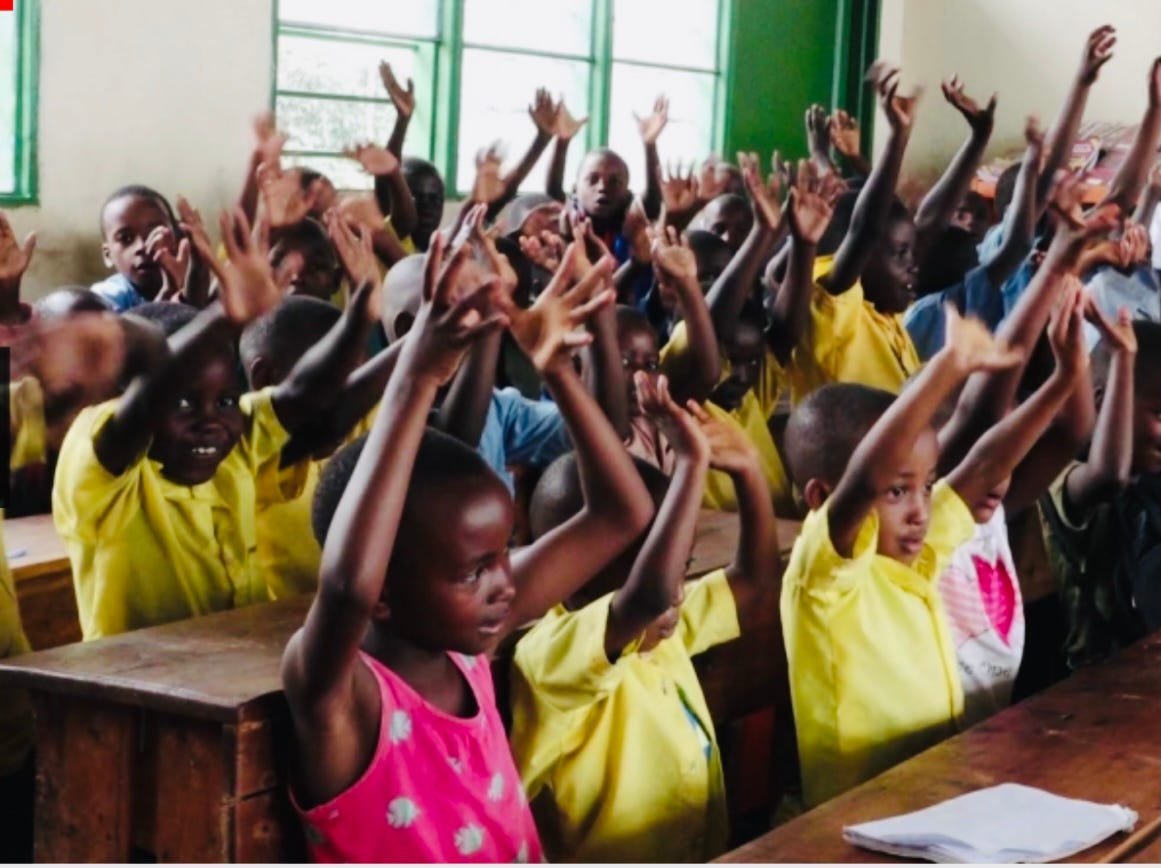By David Himbara

It is the failure to nurture qualified teachers and dismal governmental leadership that render Rwanda’s education dysfunctional.
I have never heard of a functioning jgovernment borrowing millions of dollars from overseas to build latrines. General Paul Kagame’s Rwanda did just that in 2019. His government is building 11,000 classrooms and 14,680 latrines on a US$126 million loan from the World Bank. This money is part of the larger World Bank US$200 million credit intended for fixing Rwanda’s shambolic education. Sadly, classrooms and latrines are the least problems. Lack of qualified teachers and non-existent leadership at the ministerial level render Rwanda’s education sector dysfunctional.
The deplorable state of education in Rwanda
The 2.5 million primary school learners representing nearly 70 percent of Rwanda’s total learning population of 3.7 million, are by far the majority. Primary school class sizes often exceed 65 students – and go up to 100 students in rural Rwanda. The survival rate is extremely low due to, among other things, high dropout rates. Extreme poverty and long distances to school especially in rural Rwanda are other reasons for poor educational outcomes.
Ending the education mess in Rwanda requires, first and foremost, qualified teachers. The larger part of the problem is language. The Kagame government changed the teaching language several times during the past decade. At one point, the government switched the teaching language from French to English overnight, throwing the education system into utter chaos. Few, if any teachers spoke English across Rwanda’s 30 districts. Various schemes of importing teachers from Uganda and Kenya were abandoned due to lack of money. Estimates of gaps in qualified teachers in Rwanda’s education paint a dismal picture especially at the primary school level, followed by secondary school, and technical and vocational training schools.
By far, the biggest problem in Rwanda’s education sector is the lack of leadership at the central government level. Begin with the fact that Kagame changes his education ministers like he changes his shirts. Kagame dismissed 7 education ministers in the past 9 years. Charles Murigande was dismissed in 2011. Pierre-Damien Habumuremyi lasted from May 2011 to October 2011. Vincent Biruta took over in 2011, and was replaced in 2014 by Silas Lwakabamba who lasted only one year. Papias Musafiri occupied the education minister’s seat from 2015, and dismissed in 2017. Eugene Mutimura who took over in 2017 was kicked out in 2020. The incumbent is Valentine Uwamariya.
No amount of classrooms and latrines can fix Rwanda’s dysfunctional education
If further evidence were needed to demonstrate the toxicity and dysfunction of education in Kagame’s Rwanda, just look at the turnover of education ministers. They last an average of two years. Policy leadership and continuity are alien concepts. The General has failed Rwandans. His government cannot provide basic education, let alone empowering young people with employability skills. The $126 million classrooms and latrines will not fix Rwanda’s dismal education sector.

David Himbara
Educator, Author & Professor of International Development, based in Toronto, Canada






























































